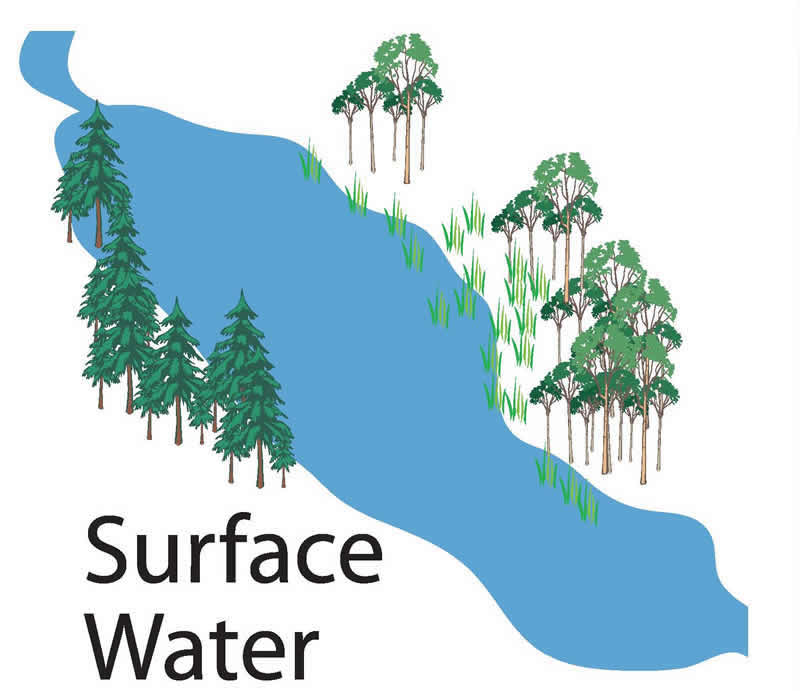The method used to approve pesticides in the EU needs to be revised. This was confirmed by a recent study by the Institute for Environmental Sciences Landau. According to the study, the level of fungicides measured in surface waters is often much higher than the level predicted by the current calculation model used in the approval process. Last year a study by the Institute on insecticides had a similarly alarming conclusion.
Almost half of all pesticides used in the EU are fungicides. As they are normally used as a preventive measure, they are routinely applied in larger quantities, particularly in wine growing. When it rains, for instance, the pesticides are washed into rivers and lakes, where, in higher concentrations, they can result in effects on aquatic organisms. This is because many fungicides do not specifically combat fungi, but prevent general processes in cells such as energy production or cell mitosis.
In order to calculate the concentrations of pesticides in surface waters when applied correctly in agriculture, the EU has been using mathematical simulation models (FOCUS models) since the end of the 1990s. These are legally prescribed for the approval process. A pesticide may only be approved in Europe if the concentrations predicted by the model are below the environmentally acceptable threshold. However, it had not previously been examined in detail whether the predictions were consistent with the concentrations actually measured.
The Institute for Environmental Sciences Landau already proved last year that there is no statistical or even apparent correlation between theory and practice for insecticides. In as many as four out of ten cases the actual pollution of surface waters was higher than calculated, and this number was even higher for newer insecticides. The research group led by Prof. Dr. Ralf Schulz has now compared 417 measured field concentrations of fungicides in surface waters and sediments with the environmental concentrations predicted by FOCUS. In 12 to 23 percent of cases, the actual measured field concentrations in waters were higher. Taking only the 90th percentile concentration and only EU studies into account, the error rates are as high as 43 percent, and therefore even higher than for insecticides. For sediments as much as 76 percent of the cases compared had been underestimated.
"Our findings show that the FOCUS predictions do not protect plant and animal life in surface waters, nor do they predict properly the level of fungicide concentrations actually found later in surface waters," explains Prof Dr. Ralf Schulz of the Institute for Environmental Sciences Landau of the University of Koblenz-Landau. "It is therefore recommended that the risk assessment for numerous agents approved in the EU is revised taking into account the latest findings."
Compared to insecticides and herbicides, relatively little is known about the effects of fungicides on ecosystems. Initial studies indicate, though, that they may possibly have a strong effect on amphibians such as frogs.
The differences between the measured and calculated concentrations might be due not just to an unsuitable calculation model, but also the incorrect application of pesticides by farmers or the publication of inadequate application instructions by manufacturers. However, even the failure to comply with buffer zones would only account for around half of the concentrations that are too high. In nine out of ten cases the difference between the predicted concentration and reality is more than 30 percent.
"We were unable to identify a statistical correlation between the calculated and measured concentrations either for insecticides or fungicides," adds Schulz. "The FOCUS predictions have therefore proven to be unreliable for use in the field and should therefore be replaced by a revised and adjusted model. In any case, based on the concentrations of pesticides actually measured, their approval and application guidelines should be revised and where applicable modified after a few years. Accordingly we need data on the pollution of surface waters with pesticides to be collected regularly and independently in Germany as well.
Source: Science Daily, 11 December 2013
http://www.sciencedaily.com/releases/2013/12/131211093734.htm#.Uqrf8g_a…

- Login om te reageren
